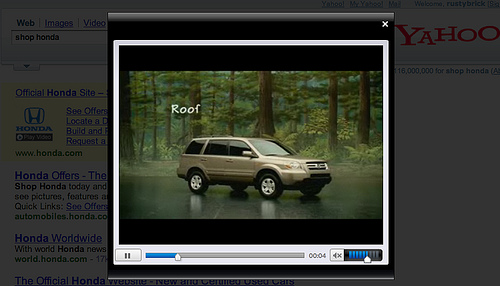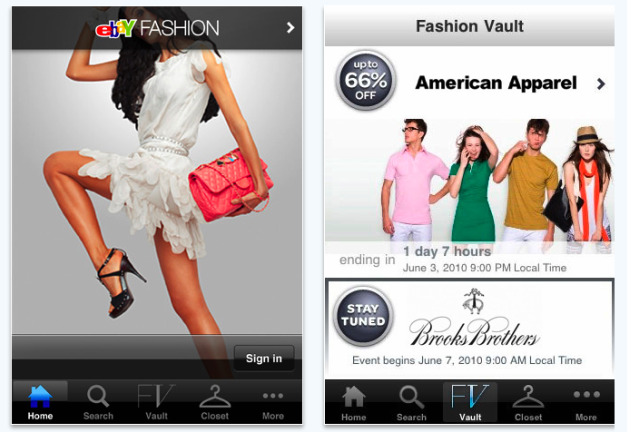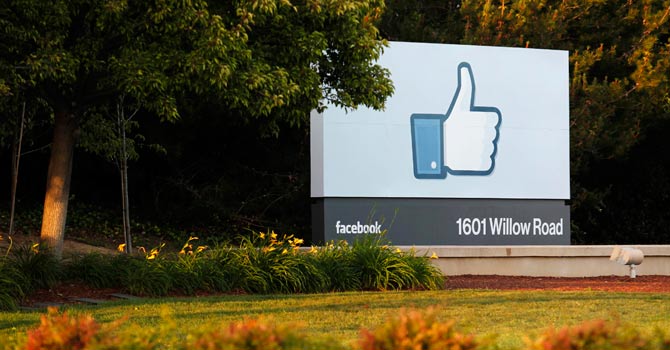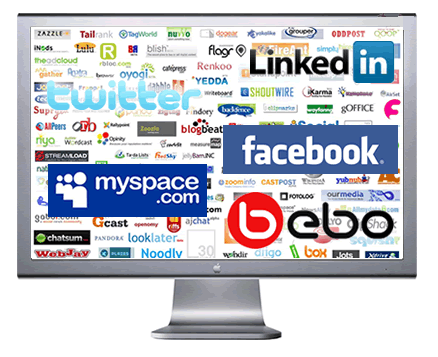If it has not become clear already, mobile and social marketing have become the absolute most desired platforms to use for advertising. The recently passing year was a big one for both mobile and social, and explosions in marketing use were seen in both cases. By creating an experience that is both social and mobile, Facebook has been making great strides that have resulted in greatly increasing ad revenues. The popular marketing insights company, eMarketer, believes that the trend of growing revenues that Facebook has created for itself will continue for some time to come, for two reasons:
- The social network holds great appeal for many web users who have already taken up smartphones.
- The native mobile advertising offered by the social network makes for a fairly seamless experience that does not put users off as they browse the news feed.
In a survey by AYTM Market Research from December, eMarketer found that the frequency with which internet users are using Facebook today on mobile phones is quite high. The survey showed that 39.7% of Facebook users never visit the network on mobile devices, and 10.2% do use their mobile phones for Facebook, but only do so rarely. Aside from 15.2% of respondents who said they never used Facebook at all, the rest of the respondents said that they at least sometimes used their mobile devices to visit Facebook, half of which responded saying they do so often.
In the larger scheme of things, actual numbers from Facebook show that in the first quarter of 2010, only 129 million active mobile Facebook users existed. Measurements from the third quarter of 2012 show that there are currently 604 million active mobile Facebook users. Also, for 2012 there has been a pretty steady rate of change, averaging at about 11.8%.
These numbers for mobile Facebook use are relatively low when compared to the predictions that have been made by companies like Barclays Capital and J.P. Morgan. Barclays Capital has made a prediction that by 2014, there will be just under 1.05 billion mobile monthly active users. Along a similar line, J.P Morgan ups the number a bit by predicting a mobile monthly active user amount of about 1.14 billion, 485 million of which will be users that only use mobile to access the network.
With all of these users expected to rely so heavily on mobile to browse Facebook and access Facebook marketing techniques in the near future, Facebook’s mobile marketing ad revenues should definitely continue to rise. Marketers will see the potential that Facebook’s mobile platform offers and jump at the opportunity of that much consumer reach. Facebook may have created the best way to mesh social marketing with mobile marketing, which is why marketers are already seeing so much success with it and are expected to continue to in the future. Essentially, Facebook users are all going mobile, and because of that, Facebook marketers should as well.




















